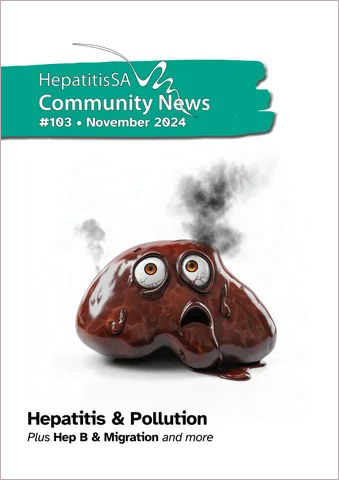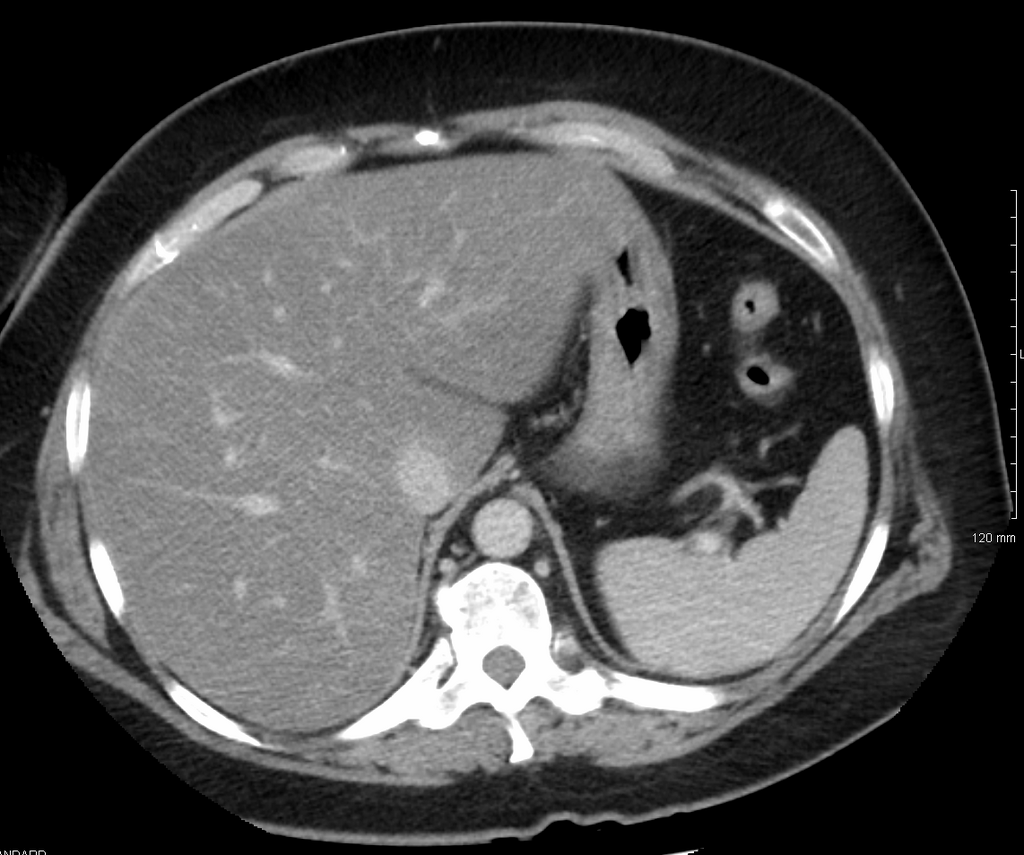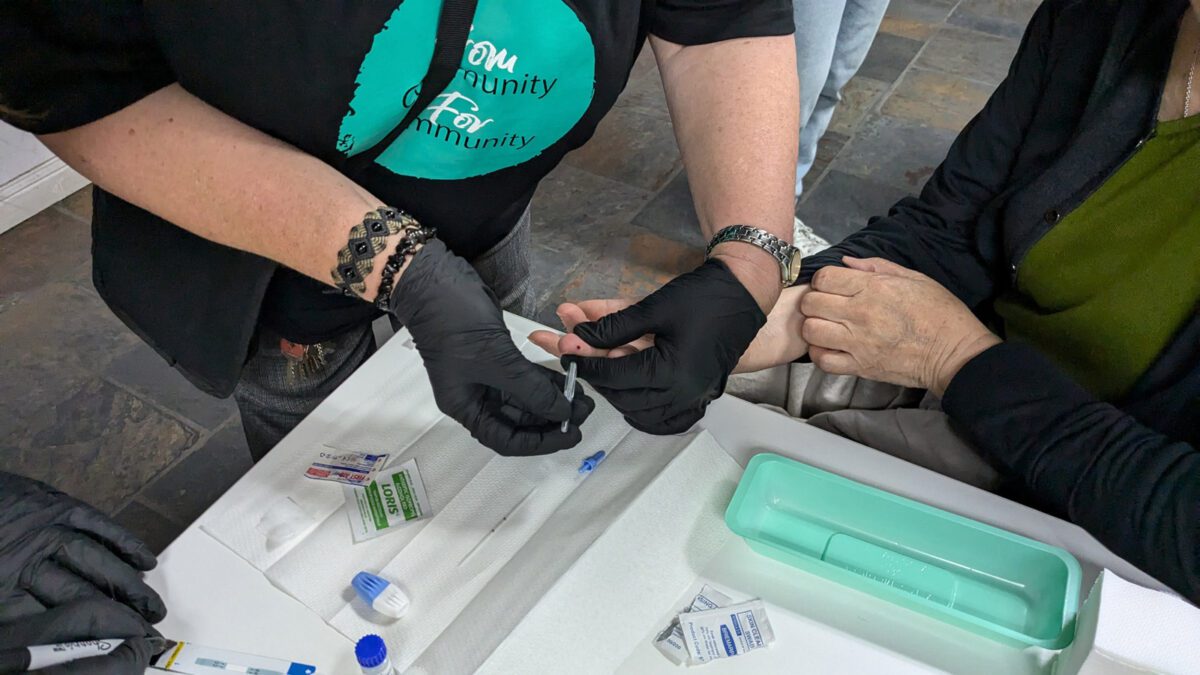CRISPR technology is one of the most dramatic recent developments in biological science, an invention that–in very simple terms–basically allows researchers to cut and paste genes in DNA and RNA. Australian researchers have now used this technology to reduce hepatitis B virus levels in the laboratory, lowering key viral markers by up to 96 per cent. This success suggests a new approach for finding the elusive cure for hepatitis B.

CRISPR, or Clustered Regularly Interspaced Short Palindromic Repeats, uses an enzyme that acts like a pair of scissors, making very precise cuts in DNA and RNA so that genes can be neatly removed or added.
In a study led by the Peter Doherty Institute for Infection and Immunity in partnership with the Peter MacCallum Cancer Centre, researchers have used this precise, cheap technology to target the RNA of the hepatitis B virus (HBV) in a way that disrupts the virus’ ability to replicate. This research has now been published in the Journal of Hepatology.
Affecting over 296 million people worldwide, chronic hepatitis B infection is a leading cause of liver cancer globally, and has by far the heaviest death toll of the viral hepatitis viruses. There are existing antiviral treatments, but they usually need to be taken for the rest of a person’s life and can have unpleasant side-effects.
These treatments help control the virus but cannot cure it or eliminate it from the body, unlike the revolutionary direct-acting antiviral medicines now routinely used to cure hepatitis C. The global scientific community has unanimously recognised the pressing need for new, effective therapeutic approaches that target different stages of the HBV lifecycle.
We can repurpose it to target not only HBV but also other dangerous viruses and cancer-causing RNAs..
The Royal Melbourne Hospital’s Dr Laura McCoullough, who led the Doherty Institute study, described the impact of CRISPR technology on HBV.
“CRISPR works like a pair of molecular scissors, cutting the RNA that HBV needs to replicate,” she said. “Using this technique in the laboratory, we managed to significantly reduce the levels of HBV proteins, usually found in the blood of individuals living with HBV, by an impressive 96 per cent. This is an excellent outcome, given high levels of these proteins often indicate greater risks of liver disease progression and complications.”
Dr Mohamed Fareh and Prof Joe Trapani, CRISPR experts at the Peter MacCallum Cancer Centre, explained how the technology presents significant opportunities for fighting a whole range of viruses.
“[It] is a promising programmable antiviral tool capable of specifically targeting HBV RNA, crucial for its replication, without harming the patient’s own genetic material,” said Dr Fareh.
“What excites us is the adaptability of this technology. We can repurpose it to target not only HBV but also other dangerous viruses and cancer-causing RNAs. This versatility offers hope for developing new treatments across a range of diseases,” added Professor Trapani.


The Royal Melbourne Hospital’s Professor Peter Revill,* also at the Doherty Institute and a co-founder of the International Coalition to Eliminate Hepatitis B, and senior author of the paper, emphasised the significance of this research in opening up future areas to explore in the search for a hepatitis B treatment.
“Several CRISPR technologies have been used to target HBV with varying degrees of success. Our study marks a milestone in HBV research by demonstrating, for the first time, the effectiveness of targeting HBV RNA using CRISPR technology,” he explained.
“This approach showed remarkable results, potentially opening the door to a more effective treatment strategy for chronic HBV which may pave the way to a cure, ultimately improving patient outcomes and quality of life.”
Last updated 21 November 2024
More from:
Enjoyed this article? Subscribe to be notified whenever we publish new stories.
Subscribe for Updates





